By 2024, American culture has significantly evolved beyond blackface and egregious cultural appropriation. Fostering sensitivity towards cultures of color has nurtured compassion and a self-regulating internet culture rich in viral tweets and TikTok videos, holding individuals accountable for their pasts, presents and potentially problematic futures.
“What I really like about this whole cultural appropriation thing is it’s serving its purpose,” Shaman Axel Carrasquillo told Sahara Rose on The Highest Self Podcast. “It’s forcing people to step into this higher sense of awareness, but we also have to be able to see how that eventually is going to affect the future generations.”
Spotlight on Stars: Celebrity Impacts
Critics have held musician Gwen Stefani accountable for a number of cultural appropriation scandals. Onlookers have targeted her urban-inspired art and Japanese-inspired work, notably in the early 2000s.
Stefani called herself a “super-fan,” portraying her relationship with Japanese culture as “innocent” in an interview with Allure.
“If people are going to criticize me for being a fan of something beautiful and sharing that, then I just think that doesn’t feel right,” Stefani told Allure. “I think it was a beautiful time of creativity… a time of the ping-pong match between Harajuku culture and American culture. It should be okay to be inspired by other cultures because if we’re not allowed, then that’s dividing people, right?”
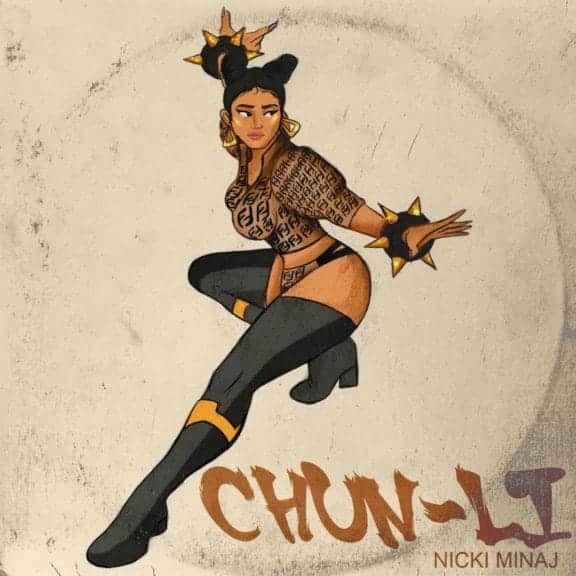
Stefani is right in her remembrance of Harajuki’s presence in American art. Similarly, Rapper Nicki Minaj’s “Chun Li” music video sparked controversy and the rapper also refers to herself as the “Harajuku Barbie.” Furthermore, Ira Madison III of The Daily Beast contends that Minaj has fetishized Asian culture, which he finds, “at times, side-eye worthy,” yet he also considers it more of “a form of appreciation, not appropriation.”
Power Plays: Tracing the Roots
One popular explanation for cultural appropriation includes a power imbalance. Specifically, “What’s Wrong with Cultural Appropriation” by Everyday Feminism explains that the way it goes is the idea of “not sharing so there’s more for everyone, but taking advantage of the power imbalance between groups to have more for well-off people, and less and less for poor people of color.”
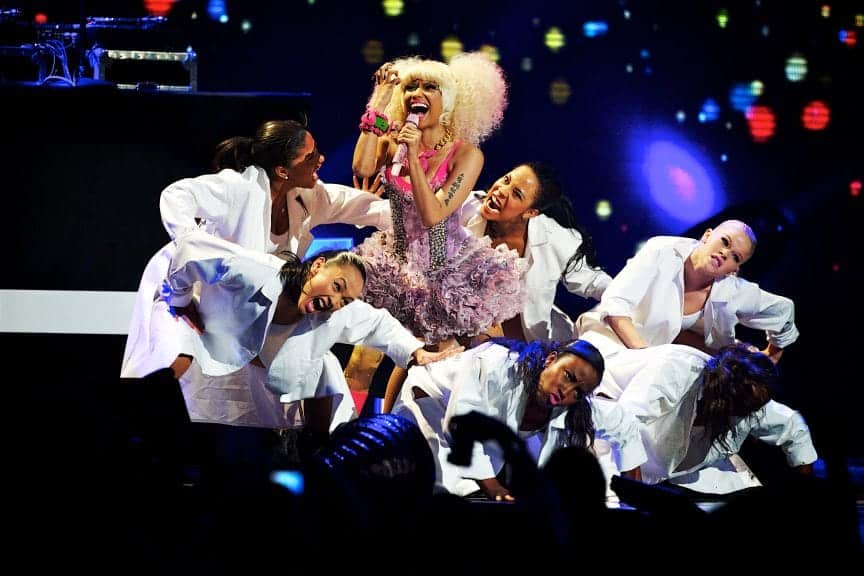
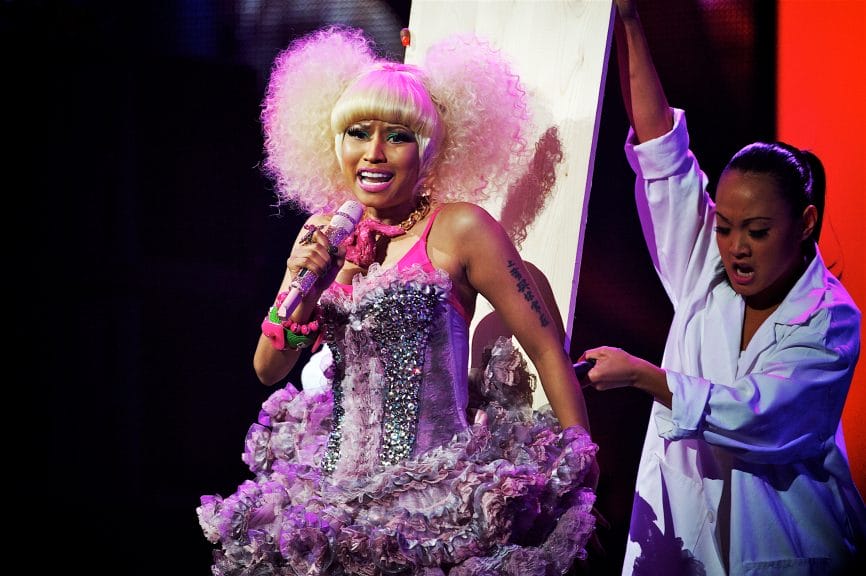
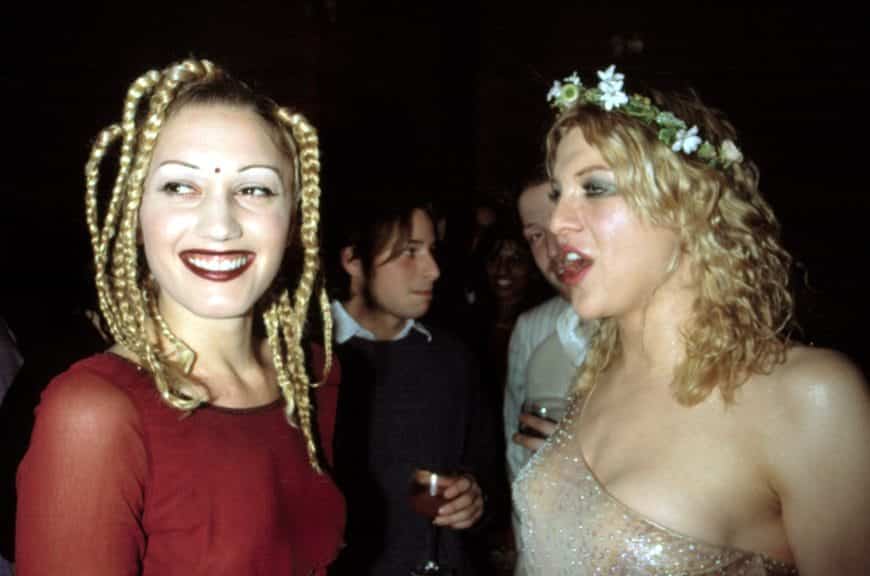
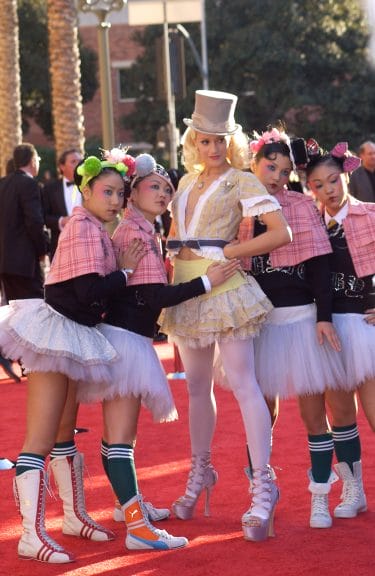
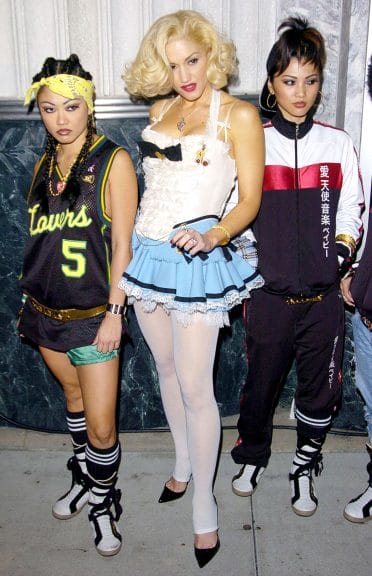
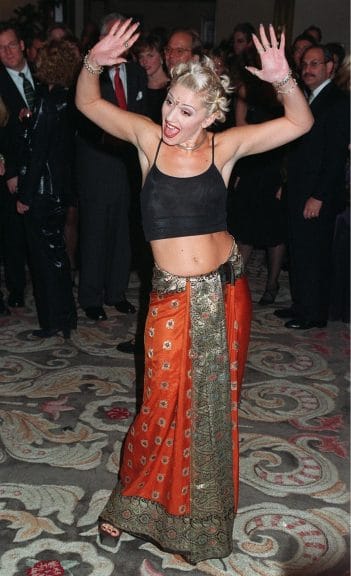
“The borrowing is not neutral,” Dr. Sallie Han, Professor of Anthropology at the State University of New York at Oneonta, explained. “It really probably never was and never is [neutral], right? So when the English adopt the spices and the flavorings of the different places that they have colonized, that’s clearly not an equal relationship.”
This prompts the question: what defines cultural appropriation? Considering the development of Japan’s global military, economic, and cultural influence… And while Japan emerged from Post World War II as an economic powerhouse, Trinidad and Tobago has a history marked by colonization and slavery. Can observers then see Minaj, of Afro-Trinidadian and Indo-Trinidadian descent, as appropriating Japanese culture? This question highlights the complex interplay between historical context and cultural dynamics.
Rhythms & Recipes: Tomatos to Tango
“We acknowledge that humans have long been on the move and interact and borrow from each other and adopt and incorporate,” Dr. Sallie Han said. “And I think for the most part, we tend to think of those things as a fact of life, but we also talk about it in a way that we recognize that it’s a necessity and probably pretty positive.”
An example includes global cuisines. The tomato, for instance, was originally brought to Italy from the Americas. Similarly, another example is the global evolution of music and dance, like jazz or tango. Originating in Argentina, tango blends European, African and native traditions. Additionally, global fashion also showcases diverse cultural influences. For instance, African prints and Latin American embroidery enrich Western fashion.
Voices & Choices

Sahara Rose, Persian-American, notes that many prominent voices in this conversation are from Caucasians. Rose questions if white individuals believing they must oversee cultural participation reinforces stereotypes that people of color cannot advocate for themselves. Additionally, on The Highest Self Podcast, Rose shared how a Native American woman supported herself while selling textiles on Etsy but had to close her shop as discussions about cultural appropriation reduced her sales.
“Let people decide…” Rose said. “This also reinforces white as the norm. It’s further creating a more monochrome, Anglo-Saxon environment. So that’s why we actually need to zoom out and ask what our actions are doing in the long-run? Are they helping those cultures or are they helping you feel better about helping these cultures?”
Dr. Sallie Han, of Korean heritage, was surprised by the numerous Kimchi restaurants in her predominantly-white neighborhoods. Although non-Koreans run these shops, she doesn’t consider their Kimchi authentic for the sole reason of its taste.
“How to appropriately culturally borrow?” Dr. Sallie Han pondered. “I guess for me, I’m not even thinking of it as appropriate or not appropriate… By learning more, it might make us question whether or not it’s out of true respect and understanding for a given custom. And after learning what the aesthetic means, we might hesitate.”
Braids & Boundaries: Weaving Together Culture, Identity & Misconceptions
In the Tiktok, a Caucasian girl demonstrates awareness of cultural sensitivity around hairstyles like braids. Her question shows concern about respecting cultural boundaries. An African-American woman humorously suggests that white women should only wear one braid and shows Dutch braids. This response lightly navigates the complex discussion on race, culture and hairstyles. It differentiates between traditionally European braids and those rooted in Black culture, like cornrows or box braids. A third girl’s contrasting response underscores that sharing cultural elements and reciprocal exchanges enrich human interaction.
“I may make my living off of writing about Black hairstyles and celebrating the rich history of Black hair, but I’m not that kind of authority,” Teen Vogue editorialist Antonia Opiah wrote. “I’m not a gatekeeper of Black hair – Black hair doesn’t have any gatekeepers.”
Locks of Perspective

Yanique Richards, a Jamaican curl-expert and founder of SayByYani, views hair-braiding differently due to her background. Specifically, growing up in Jamaica and spending years in New York, where she observed Polish, Jewish and Italian girls wearing braids, significantly shaped her perspective. Additionally, she recalls white girls coming to Jamaica to get their hair braided, a norm for her, which fostered a “proactive” approach.
“If a white woman is in transition and wants to keep her hair clean from lice, she might just braid it up,” Richards said. “I just feel that it’s so beyond hair for me. It’s convenience, it’s what’s real. Seeing all of the scalp issues that I see in LA because so many white women are afraid to wear a bonnet… If you’re trippin’ off race when it comes to hair, I think there’s a deeper conversation to be had.”
Richards believes that the problem lies not just in the braiding, but in the media’s biased portrayal. Generally, society praises white women for wearing braids, while it disparages Black women with similar styles, labeling them as “ghetto.” Conversely, when white women wear braids, it’s seen as cool, fashionable and fun.
Strands of Identity: Cross-Cultural Tensions
Discussions on traditionally Black hairstyles often spotlight viral videos featuring white girls. Again, the criteria for cultural appropriation can be murky as African American hair-history has a lot in common with some other cultures.
“I never considered wearing the style myself until I embarked on a vacation to visit my family in Miami and needed a solution that prevented my curly hair from getting damaged,” recounted Thatiana Diaz in a Refinery29 article. “I knew that washing my hair after the pool and beach everyday would leave my curls fried… I’ve put off making a braiding appointment because of one concern: Can I, as a light-skinned Latina with looser curls, wear a hairstyle that’s so meaningful to Black women?”
“Latina” encapsulates multiple societies with different skin colors and different hair textures. Moreover, Diaz, a woman of hispanic heritage, struggles with the moral dilemma of whether to embrace hairstyles native to her ancestry or to refrain, out of sensitivity to another culture that shares those styles.
Cultural Curators or Custodians? The Daily Dance of Cultural Borrowing
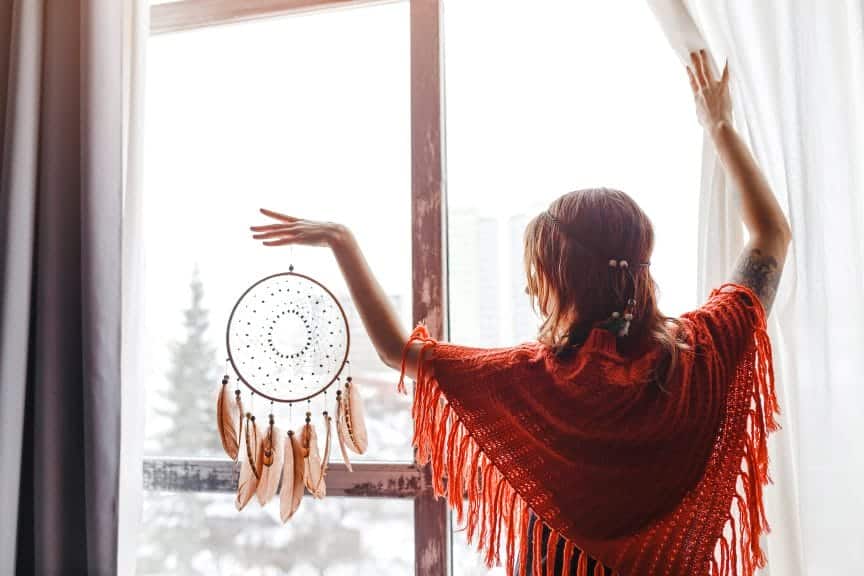
“I think there’s something about the way in which those borrowings are intended to draw attention…” Dr. Sallie Han said. “You’re trying to appreciate, so the borrowings can happen, it can be removed from the context… I mean, there’s the question, ‘who even owns culture?’ Are people really understanding what this is?”
Journalist Jenni Avins found these contradicting conversations tiring and proposed a solution to avoid cultural appropriation without avoiding culture via The Atlantic. She recalls the times when “self-appointed guardians of culture proclaimed that Miley Cyrus shouldn’t twerk, white girls shouldn’t wear cornrows, and Selena Gomez should take off that bindi.”
Avins unapologetically reports that the average day in her household is a “daily act of cultural appropriation.” She notes her morning ritual includes Lucas Papaw ointment and a Bialetti stovetop espresso maker. Her closet doesn’t exclude floral clothes from Mexico, striped mariniére-style shirts, Spanish espadrilles, pants from a friend’s trip to India or jewelry from the Navajo.
“While I hope I don’t offend anyone, I find the alternative – the idea that I ought to stay in the cultural lane I was born into – outrageous,” Avins wrote. “No matter how much I love cable-knit sweaters and Gruyere cheese, I don’t want to live in a world where the only cultural inspiration I’m entitled to comes from my roots in Ireland, Switzerland and Eastern Europe.”
Reminding readers that cultural borrowing is how America acquired luxuries like pizza, Japanese denim, debate, mathematics and the calendar, Avins subsequently created her own list of rules & regulations in an effort to “move past the finger-pointing and coexist in a way that’s both creatively open and culturally sensitive.”
“The Dos and Dont’s of Cultural Appropriation” by Jenni Avins:
1.Blackface is never okay
2.It’s important to pay homage to artistry and ideas, and acknowledge their origins
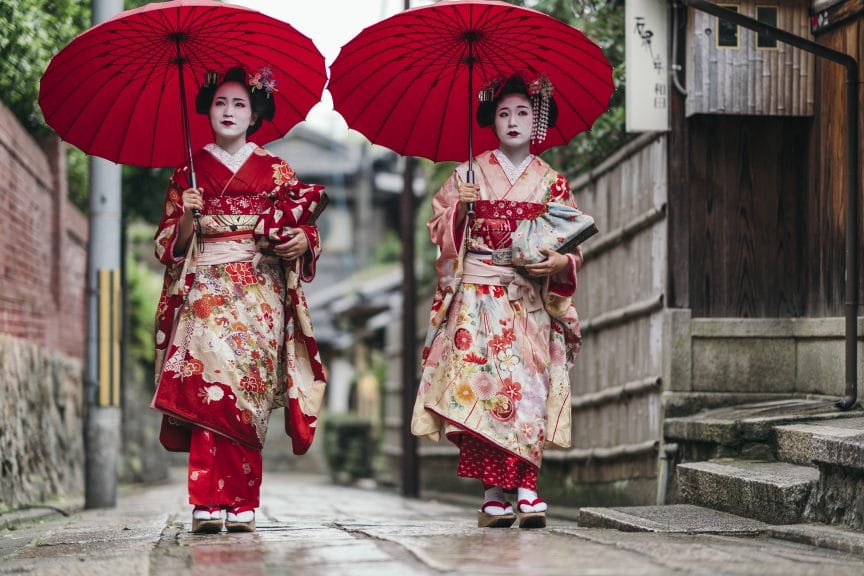
3. Don’t adopt sacred artifacts as accessories
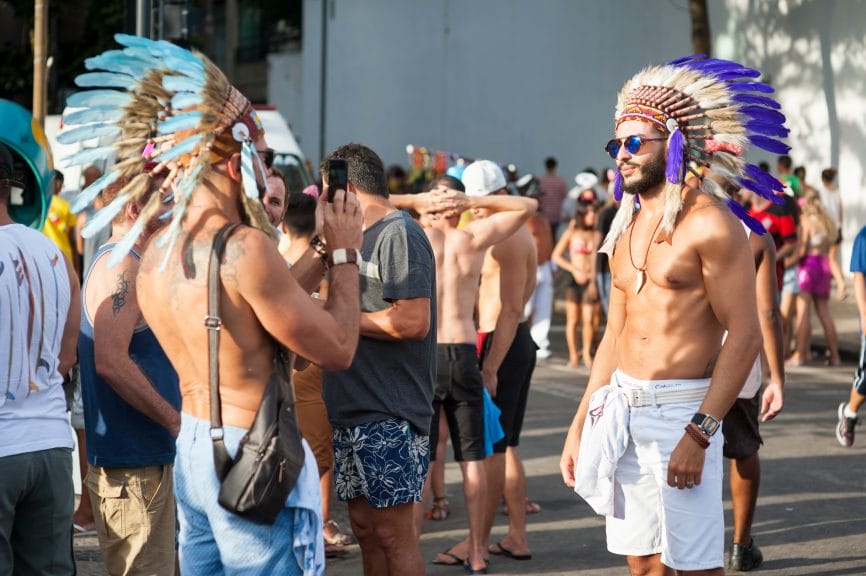
4. Remember that culture is fluid
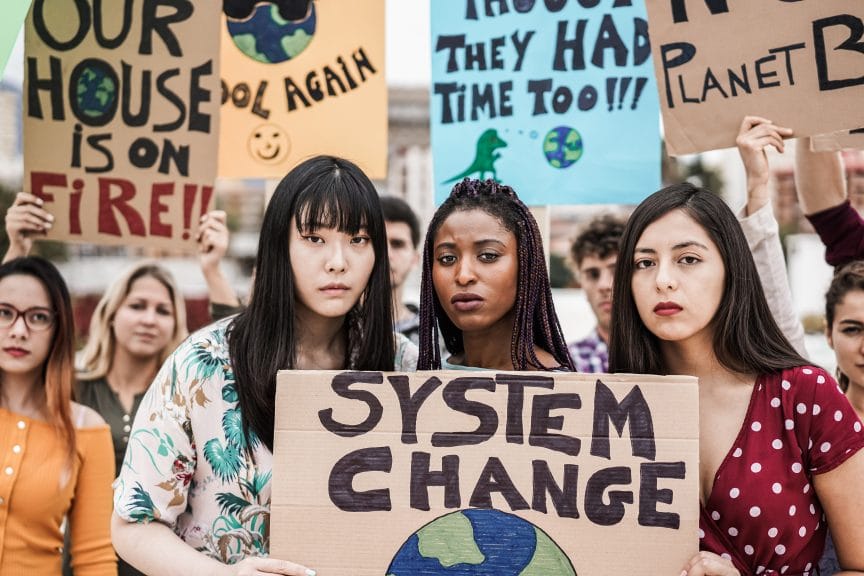
5. Don’t forget that appropriation is no substitute for diversity
6. Engage with other cultures on more than an aesthetic level
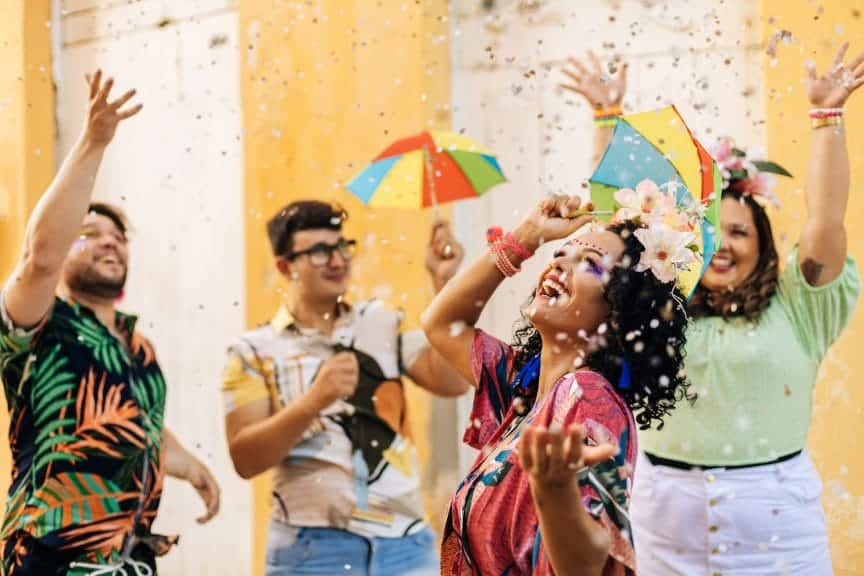
7. Treat a cultural exchange like any other creative collaboration – give credit, and consider royalties
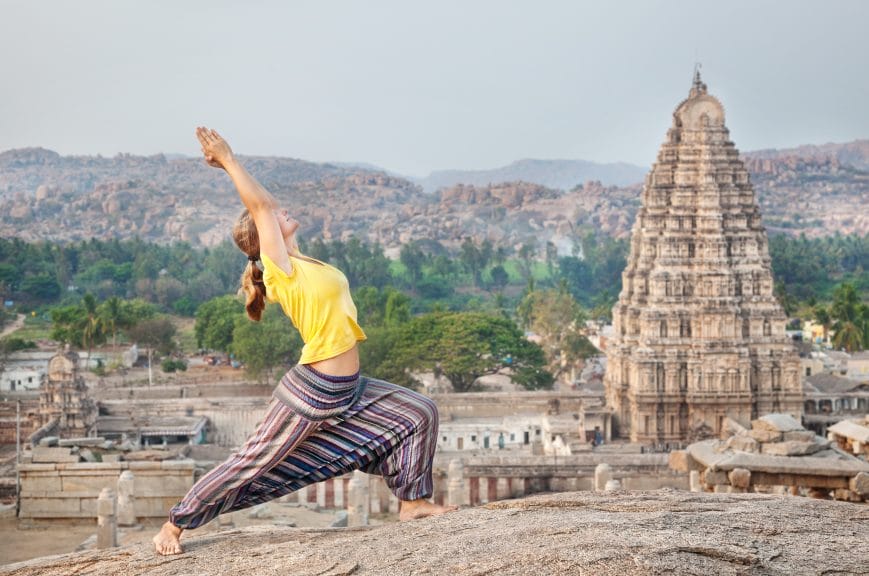
Empathy & Understanding: The Deep Roots of Cultural Appreciation
As Dr. Sallie Han suggests, true cultural appreciation comes from a genuine effort to understand the significance of cultural elements. It is not merely about the aesthetic enjoyment but understanding the pain and pride behind such elements. Sahara Rose’s insights remind us that intention is key, and the impact of our actions on cultures cannot be ignored. Consequently, her story of the Native American woman’s shop serves as a reminder to consider whether actions are actually supporting cultural preservation or merely serving personal interests.
At its core, culture is about sharing human experiences and stories. By approaching cultural exchanges with empathy and respect, we contribute to a more diverse world. In doing so, traditions are honored and lives are enriched with a deeper understanding of the world’s expression.














